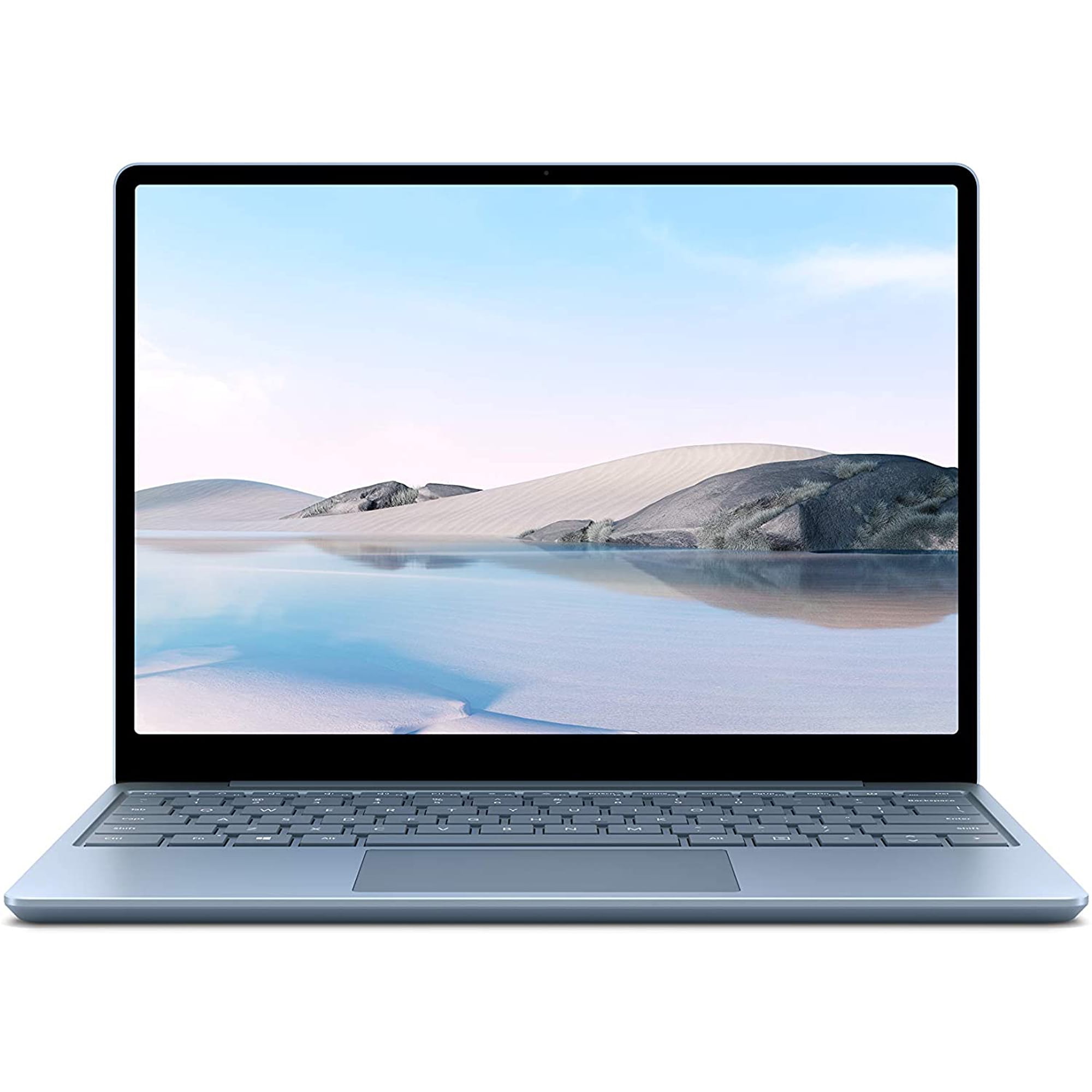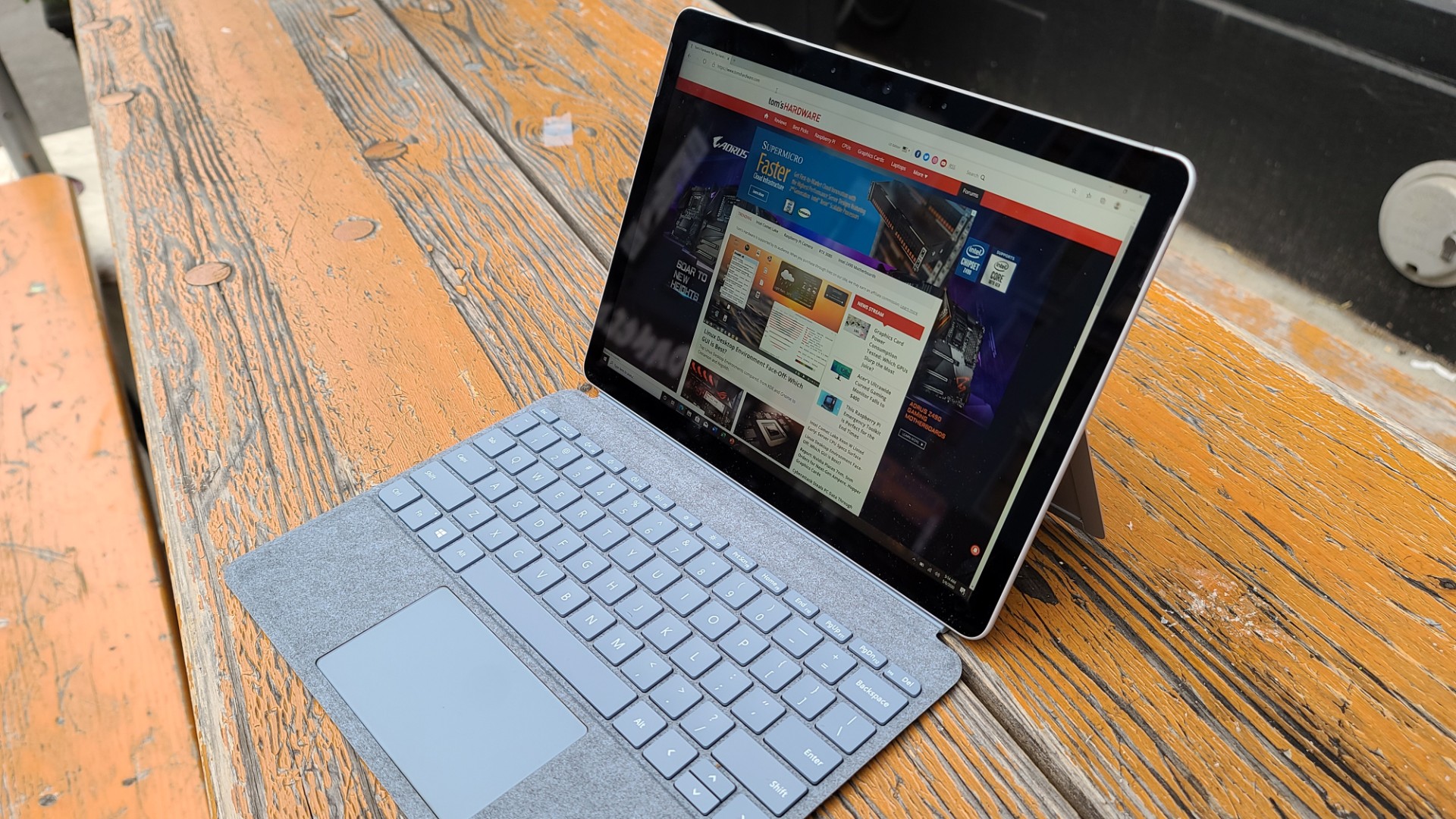


While photo quality is not particularly good, it is impressive for video conferencing in Microsoft Teams or Zoom. This camera is a teeny one by comparison to other Surface devices, which is one reason why there are no infrared (IR) sensors for Windows Hello facial recognition. There is no Dolby Atmos to optimize the sound with more spatial presence due to the price point, but it has Dolby Premium Audio.ĭual microphones flank the front-facing 720P web camera. While they lack deeper bass, they sound rich enough not to offend anyone. The speakers are particularly good, reaching a decent volume level without distortion. Video and audio sample from Surface Laptop Go's 720P webcam.įor audio, Microsoft uses its dual "Omnisonic" speakers cleverly located below the keyboard deck, allowing no visible speaker grills to mar Laptop Go's clean design. Toss in some excellent color contrast, an auto-brightness sensor (I did not expect that), thin bezels, and touch support, and what more do you want at $550? Speaking of bezels, these are the thinnest Microsoft has made yet for a Surface (the Pro X has slightly thinner side bezels, but larger top and bottom ones). It can drop to just two nits at zero percent, making it perfect for use in bed at night (which you'll want to do because of its size).Ĭolor accuracy is fantastic, with 99 percent sRGB and a respectable 78 percent DCI-P3. It reaches nearly 400 nits in brightness - the sweet spot for a laptop display that balances good battery life that is still viewable even in outdoor shade. The bigger picture is the Laptop Go's display is very good quality. For some perspective, Razer sells a 17-inch $3,000 gaming laptop with a full HD display with a lower 127 PPI.

That PPI is the lowest of any Surface device to date, and yeah, if you eyeball the display yOu CaN sEe tHe piXeLs, but it is sufficient in everyday use. I can see many folks complaining about the measly 12.5-inch, 148 pixel-per-inch (PPI) 1536x1024 display. Source: Daniel Rubino / Windows Central (Image credit: Source: Daniel Rubino / Windows Central)


 0 kommentar(er)
0 kommentar(er)
